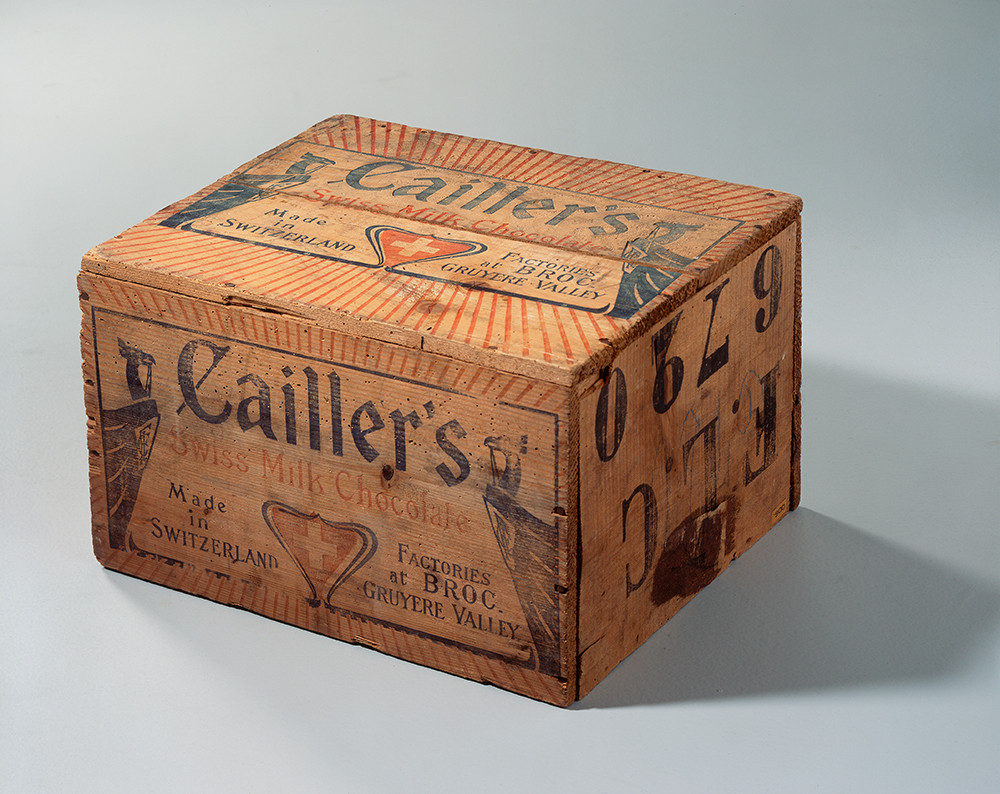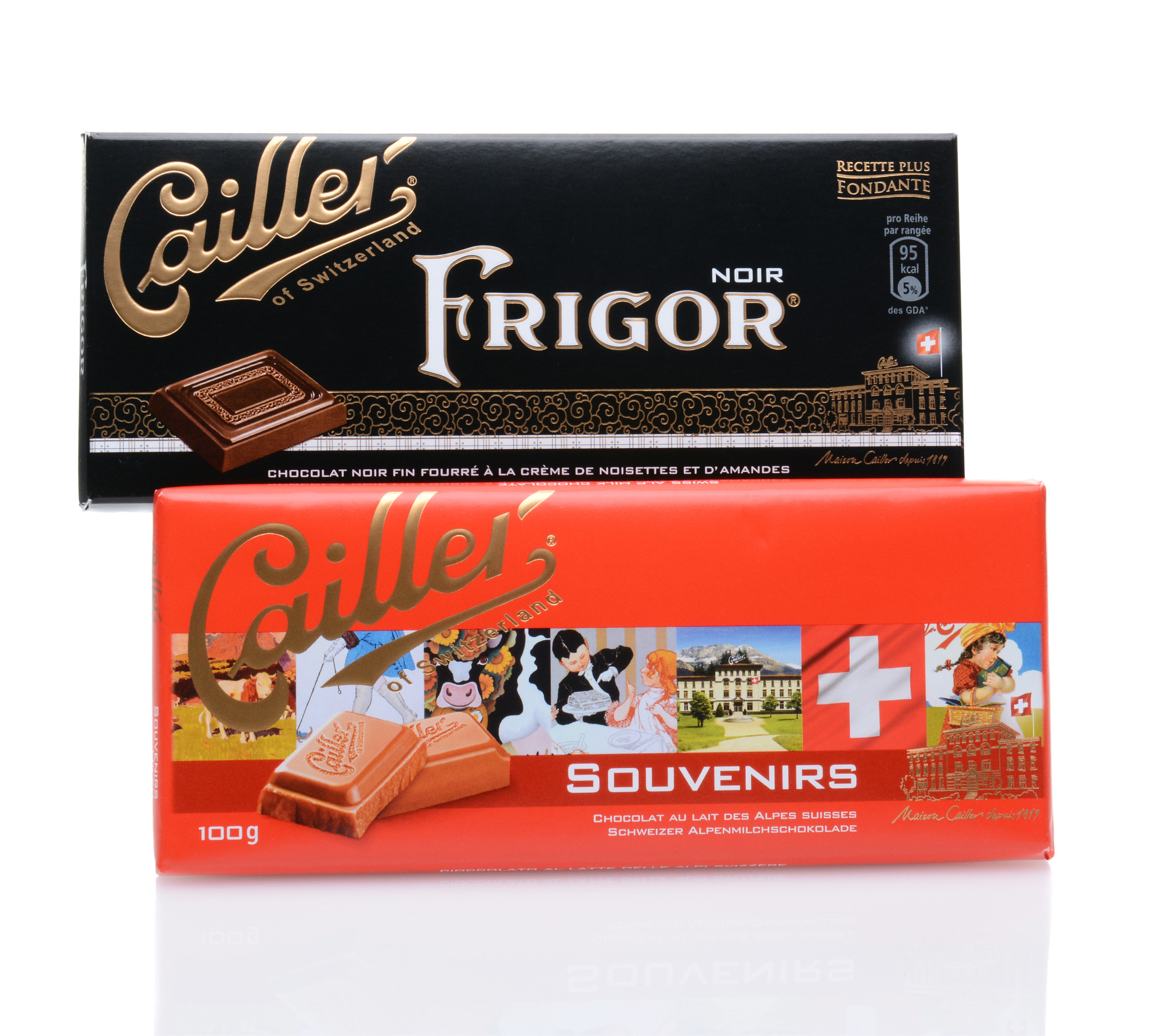The history of Swiss chocolate goes back to the early 19th century. At that time, Switzerland was known for its dairy products, particularly milk and cream. Chocolate-making had been introduced to Switzerland by Italian immigrants, but it wasn't until the mid-1800s that Swiss chocolatiers began to gain a reputation for their skill and artistry.
Cailler
One of the key figures in the early history of Swiss chocolate was François-Louis Cailler. In 1819, he opened a small chocolate factory in Corsier, near Vevey, on the shores of Lake Geneva. Cailler was a master chocolatier, and he quickly gained a reputation for the quality of his chocolate. His factory became one of the first to use steam power in the chocolate-making process, which allowed him to produce chocolate on a larger scale.
Today, we know his chocolate as Cailler chocolate, which is still produced by his eponymous company and enjoyed by chocolate lovers worldwide.
Suchard
In 1826, Philippe opened a small chocolate shop in the Swiss town of Serrières. Like Cailler, Suchard was a skilled chocolatier and soon became known for his innovative techniques and flavors.
He was the first to create a milk chocolate called "Milchchocolade." The recipe for this milk chocolate was a closely guarded secret, and it helped to establish Suchard as one of the leading chocolatiers of his time.
Today, we know his chocolate as Milka chocolate, which is still enjoyed worldwide for its creamy, smooth flavor.
Lindt
The 19th century saw the rise of many other Swiss chocolatiers, including Rodolphe Lindt, who invented the conching process that gives chocolate its smooth texture, and Jules Séchaud, who created the first Swiss chocolate truffles.
Today, we know Lindt's chocolate as Lindt chocolate, which is still produced by the Lindt & Sprüngli company and enjoyed by chocolate lovers worldwide. By the early 20th century, Switzerland had become the center of the chocolate-making world, with hundreds of chocolatiers producing various chocolates.

One reason for Switzerland's success in chocolate-making was its access to high-quality ingredients. Swiss dairy farmers produced some of the best milk and cream in Europe, and Swiss chocolatiers used these ingredients to make their chocolate. Additionally, Switzerland's central location in Europe made importing cocoa beans from Africa and South America easy.

Swiss chocolatiers also placed a high value on quality and craftsmanship. They were committed to using only the finest ingredients and to perfecting their techniques. This dedication to quality helped establish Swiss chocolate as a luxury product, attracting a wealthy clientele from around the world.

Despite Switzerland's lack of cocoa and colonies, the country became renowned for its chocolate thanks to its central location in Europe, access to high-quality ingredients, and the creativity and skill of its chocolatiers. Swiss chocolatiers quickly embraced new techniques and flavors and were committed to using only the finest ingredients in their chocolate-making. Additionally, Switzerland's neutrality during World War I and II allowed Swiss chocolatiers to continue producing high-quality chocolate while other countries were experiencing rationing and shortages. This helped establish Switzerland as the center of the chocolate-making world and cemented its reputation for producing some of the best chocolate in the world.















